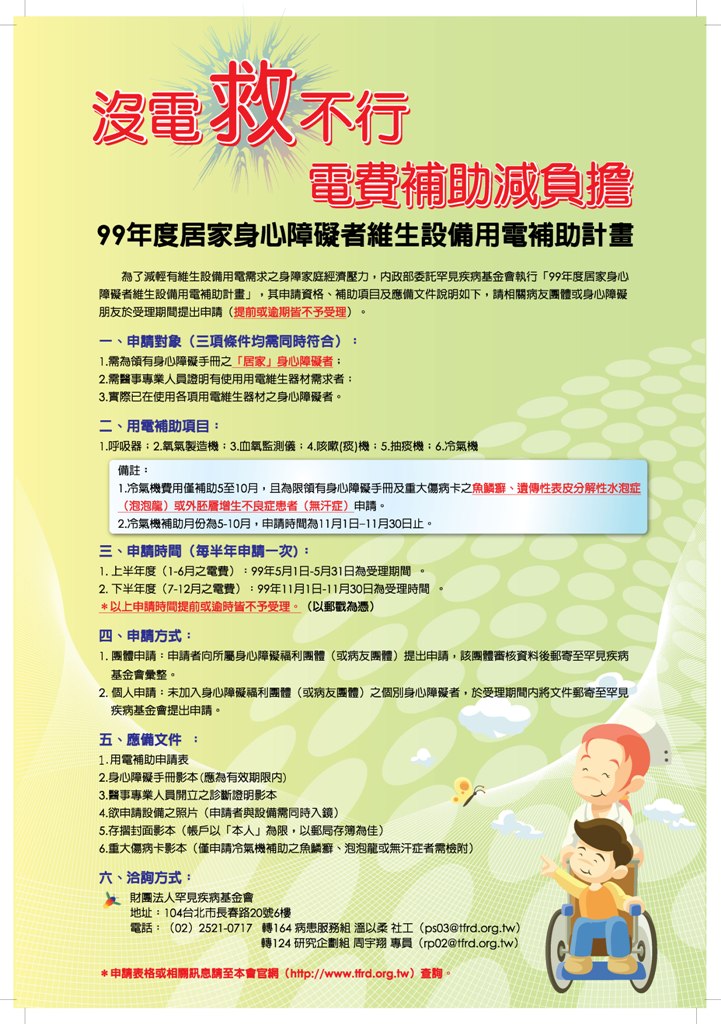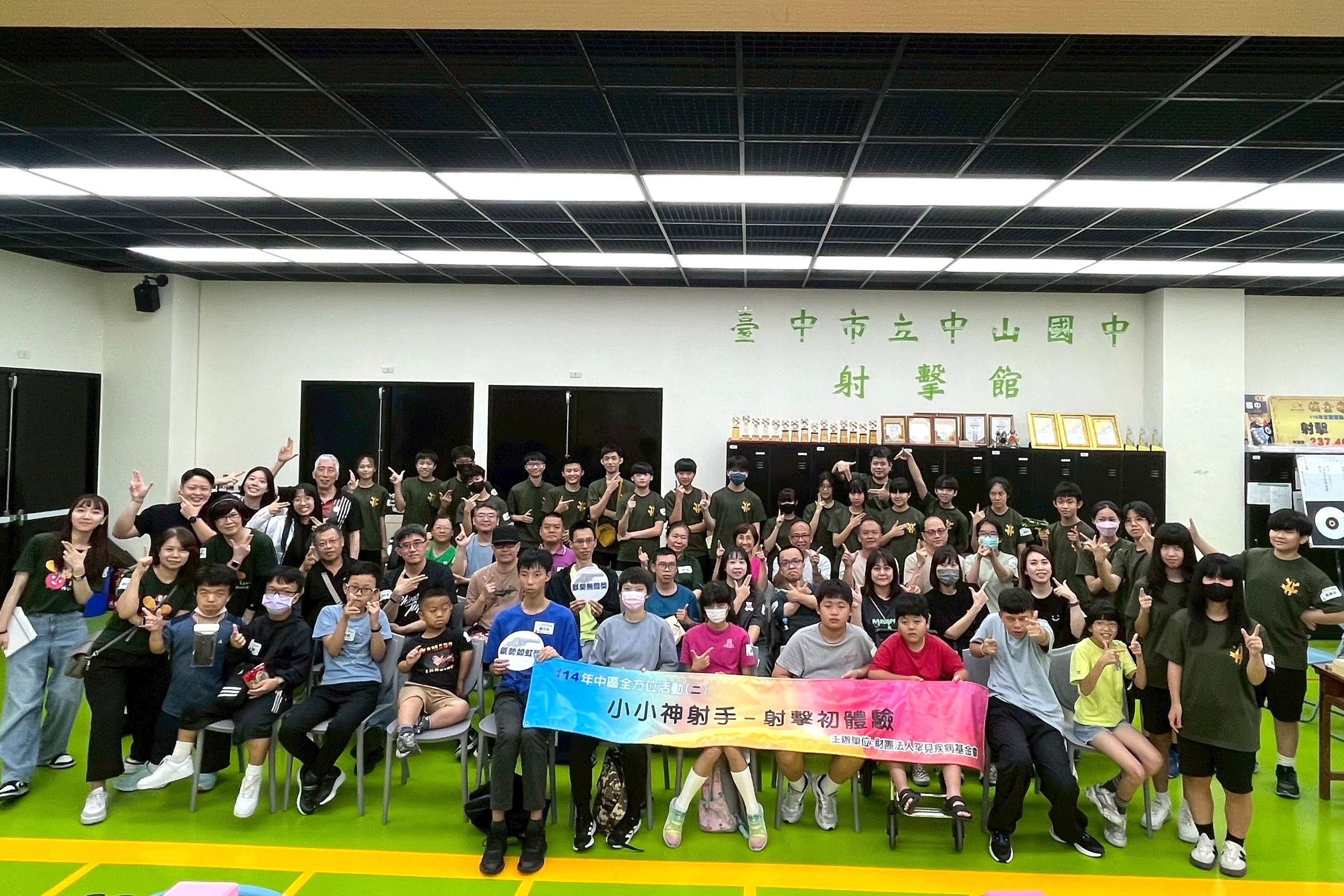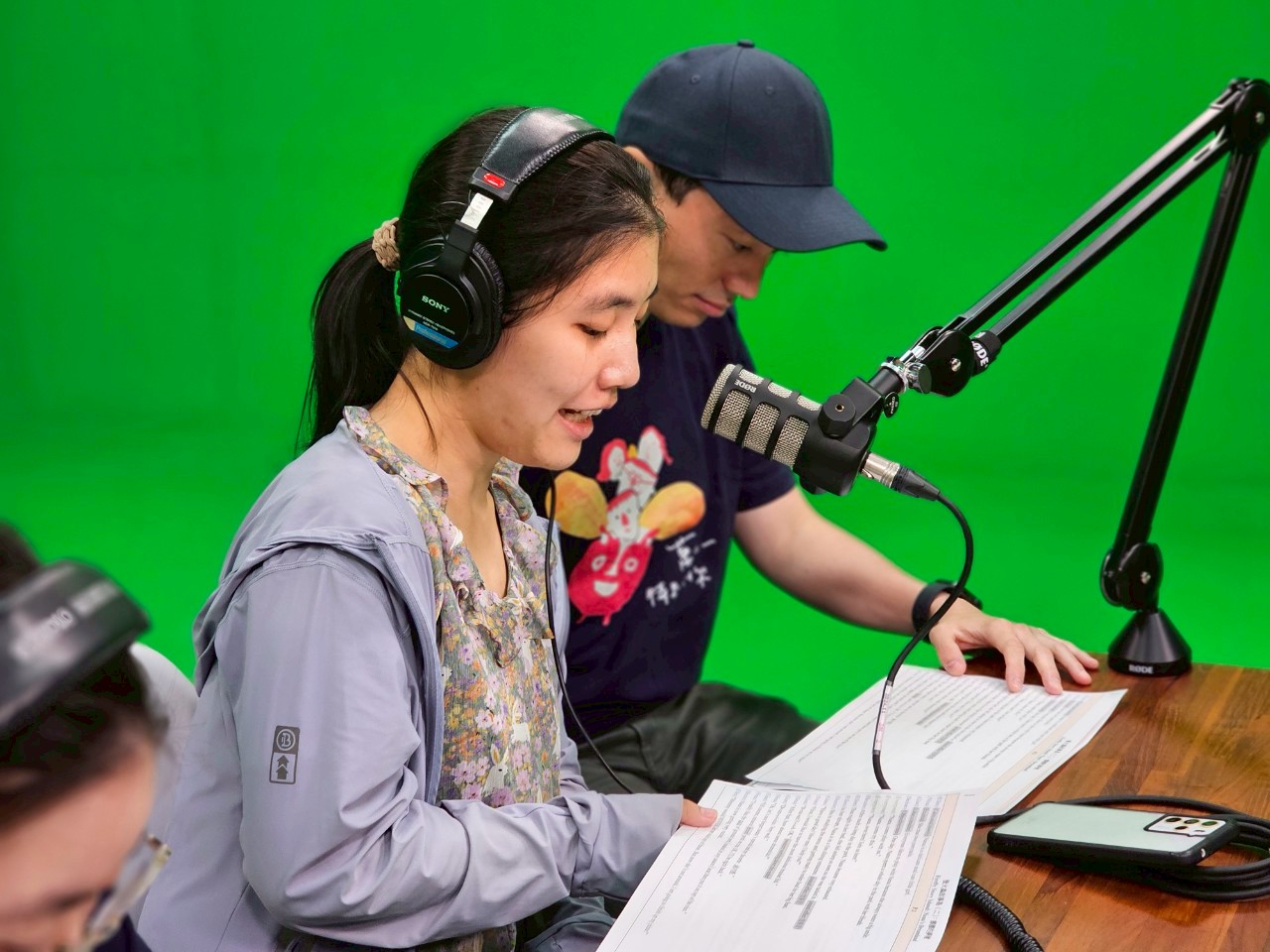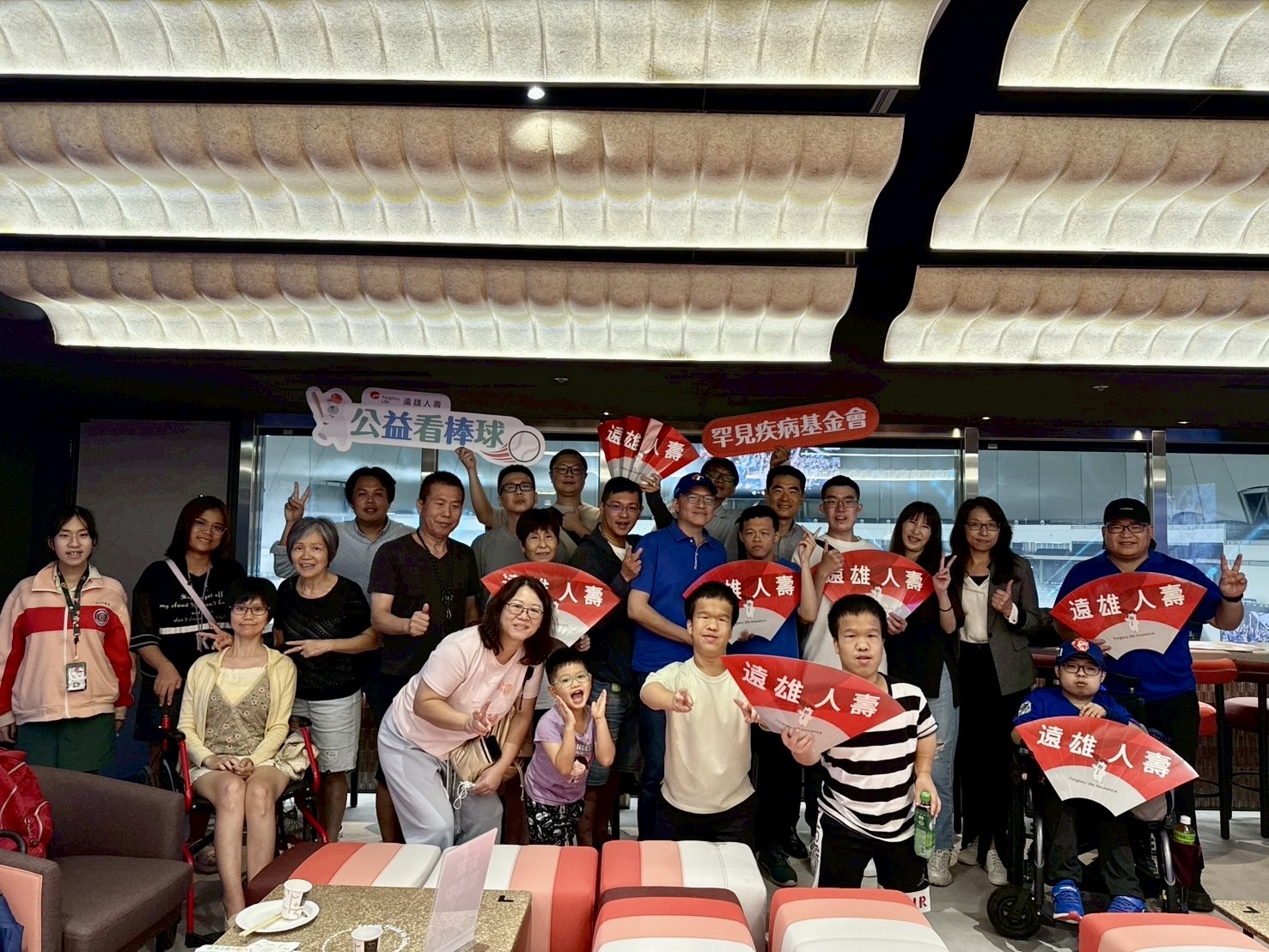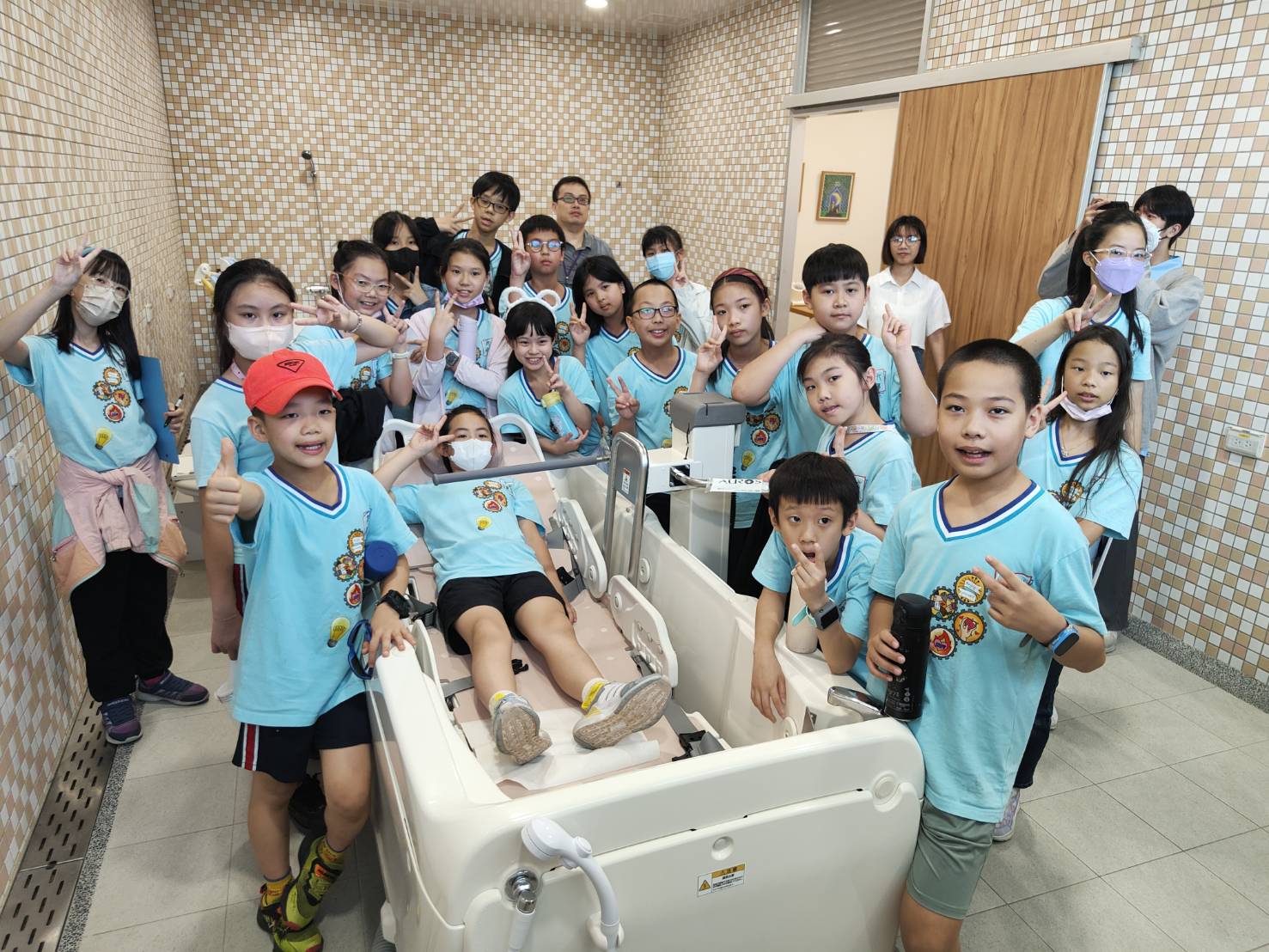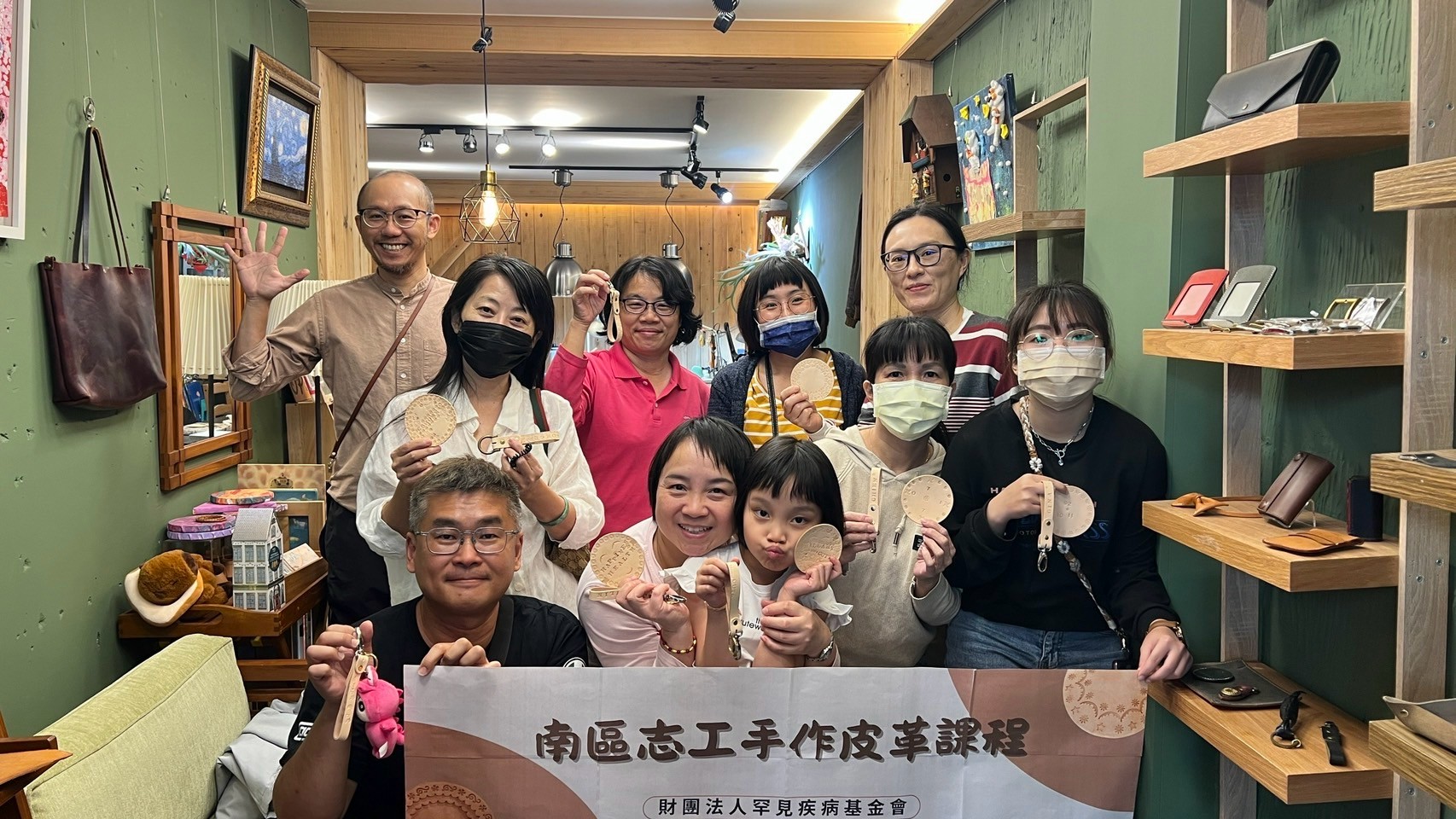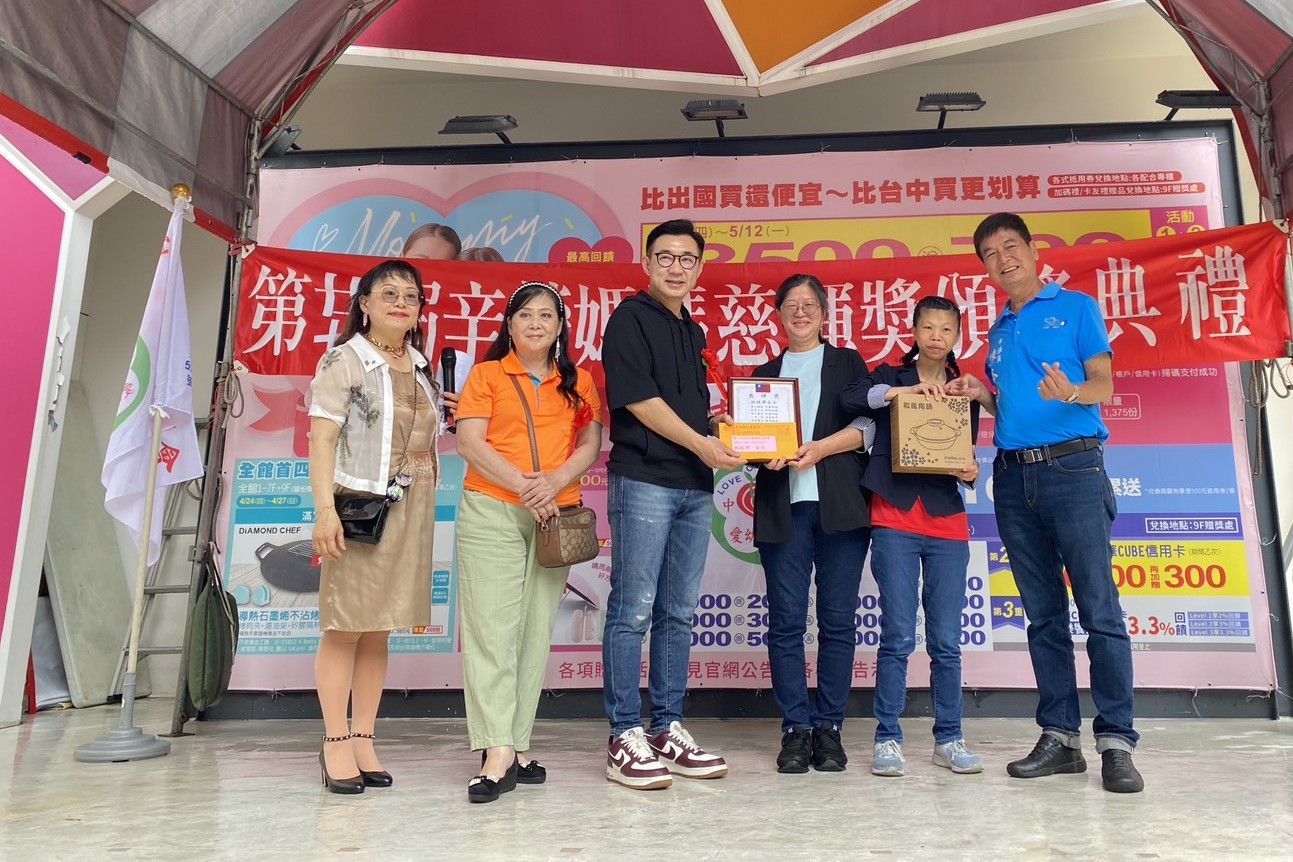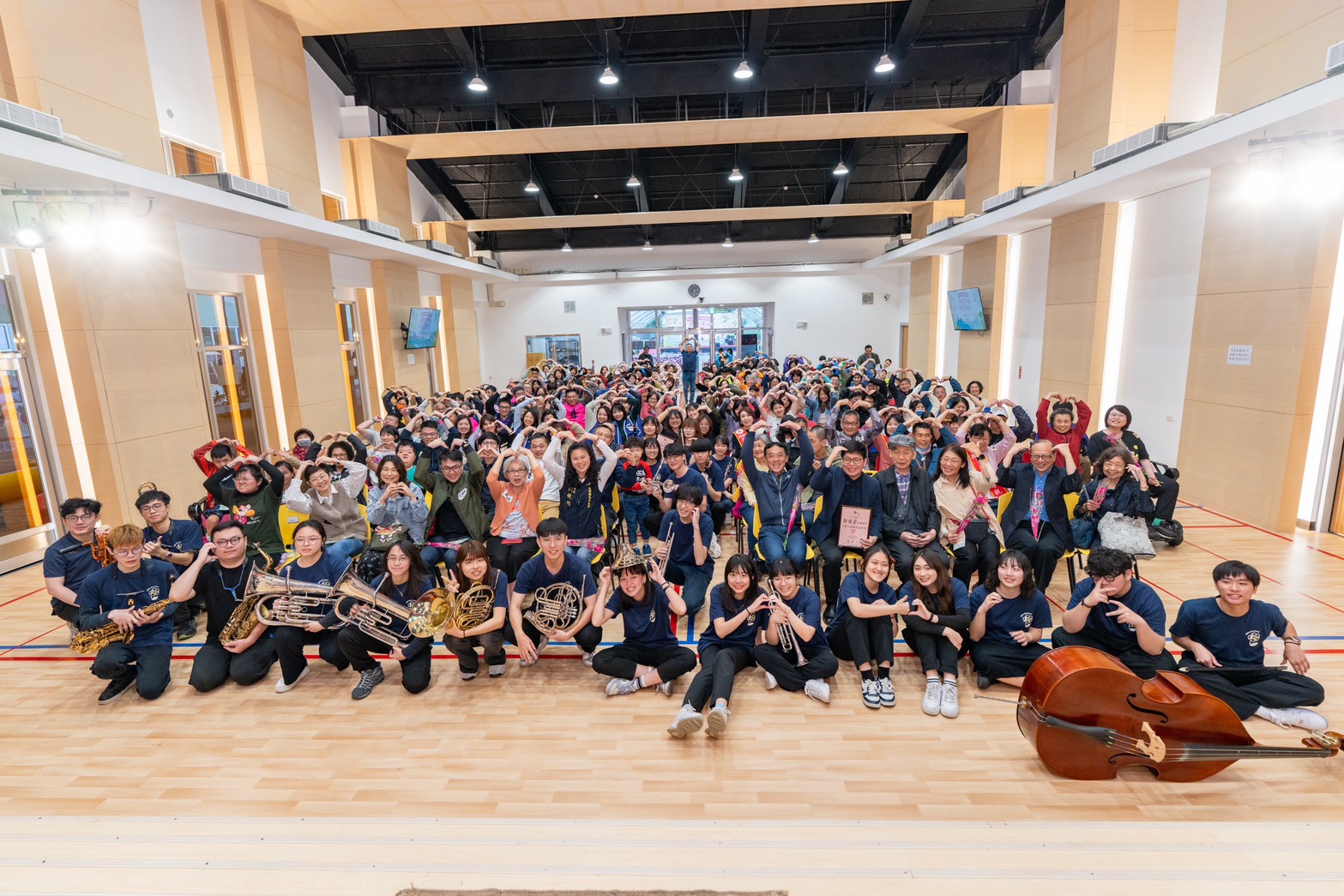News
Power Subsidy Program Launched
Power Subsidy Program for the Home-care Ventilator-dependent Patients Launched on May 1, 2010.
After raising the power rate twice, the Taiwan Power Company adopted an accumulative pricing scheme in July 2008 for all household users to control the power demand. The new pricing scheme signified a usage-based principle where intensive users paid more than regular ones. However, the rights of the patients who needed life-sustaining facilities, which consumed high levels of electricity, were neglected in the new scheme.
For example, patients on respiratory care, using ventilators and being cared for at home, faced much higher costs under the scheme. Because the machines consumed high levels of electricity and needed to run on a 24/7 basis, the power consumption of households with those machines soared up easily to the highest scale of the scheme. Moreover, to provide proper respiratory care, several equipments in addition to the ventilator were also required, such as oxygen maker, oximeter, and sometimes suction and cough assist, all of which added to the costs.
In other cases, patients afflicted with rare diseases, such as Hereditary Epidermolysis Bullosa and Congenital Insensitivity to Pain with Anhidrosis, required air-conditioners to stabilize their body temperature, which was essential especially in the hot and humid summer in Taiwan. Failure to use such temperature-adjustment machines would be fatal to these patients. Air-conditioning consumed high levels of electricity. Therefore, families of patients with respiratory or rare diseases suffered from not only the burden to care for their beloved ones, but also the costs to sustain their lives. In other words, the accumulative pricing scheme put those difficult families in a worse situation.
Being aware of this problem, in 2009, legislator Kuan gathered a few patients groups and started advocating to the Taiwan Power Company. In response, the company committed a 5 million“TaiPower Friendly Neighborhood Fund” to subsidize members of four rare disease groups with respiratory care need. The four rare disease groups were Taiwan Spinocerebellar Ataxia Association, Taiwan Muscular Dystrophy Association, Taiwan Motor Neuron Disease Association, and Concerned Ichthyosis Association Taiwan. This little triumph of patients groups consequently opened up a window toward the universal subsidy by the government to all the families with disabled people relying on life-sustaining facilities. This year, under the effort of legislator Kuan, the preceding four groups, and a new partner Taiwan Foundation for Rare Disorders (TFRD), the Ministry of Interior Affair approved a trial program to subsidize power consumption of five respiratory-care machines and air-conditioning facilities (for three specified rare diseases only) at a fixed rate.
As a result, TFRD is designated as the single organization to be in charge of the program. Therefore, in May and November 2010, every family with a patient using specified respiratory-care related facilities is qualified to apply for the power subsidy, with valid documents required.
Though it is experimental, we hope that all families with patients who need respiratory-care will benefit from the program. Meanwhile, we are glad to work in partnership with other parties as a catalyst of this policy. Through collaborative work, we demonstrated a progressive movement to reduce inequality and to build a fairer social welfare system in Taiwan.

